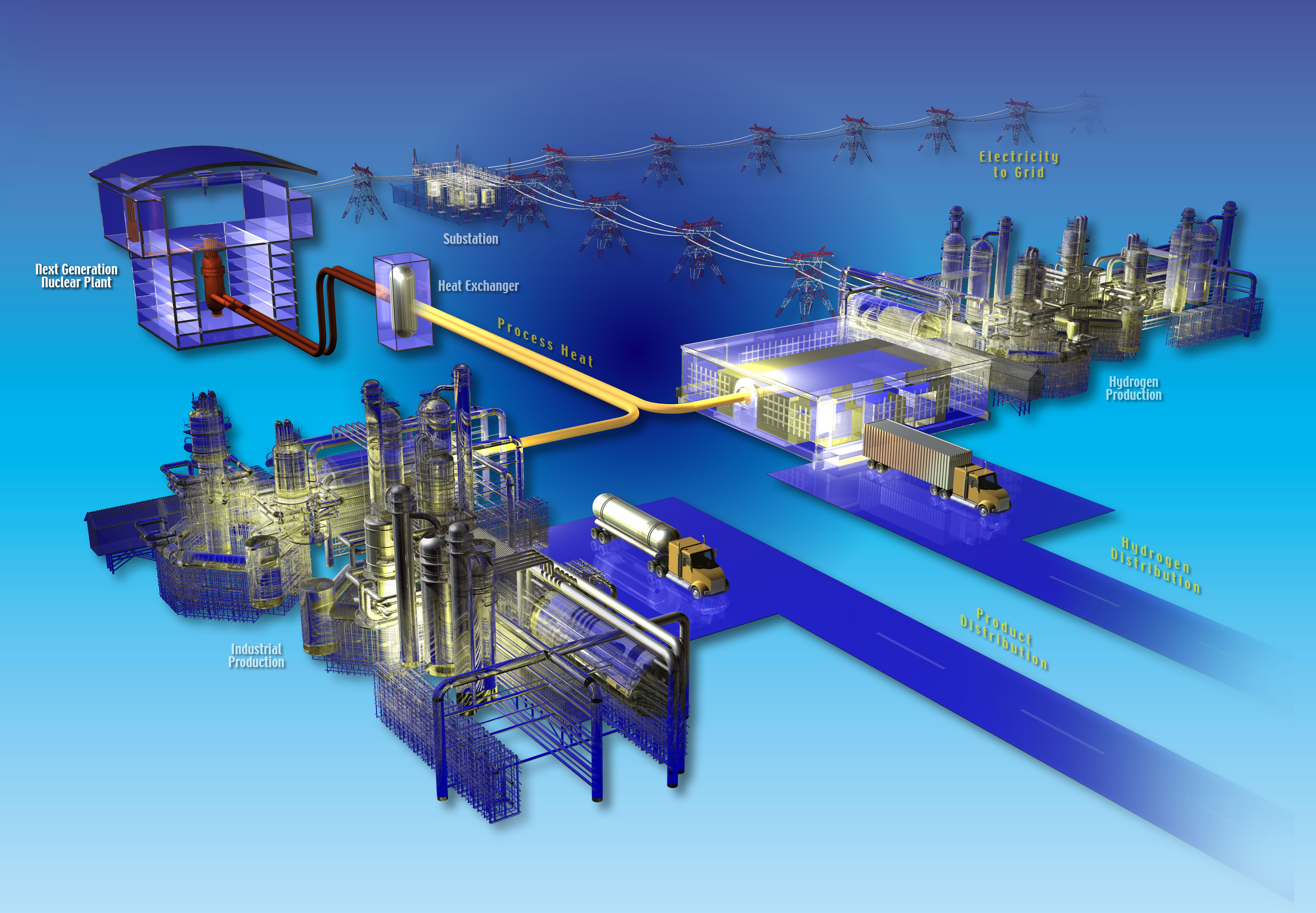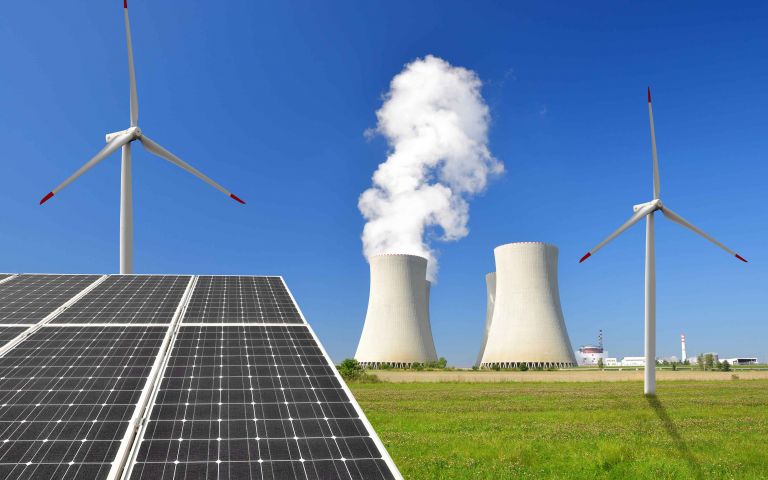The Future of Nuclear Energy in the Smart Cities
One of the concerns of those who want to see the smart cities evolving is with the energy sources of each location; of each country; of each region; and of each city. Energy supply is generally influenced by the characteristics of public administration and the availability of existing resources for that region where the city is located.
Thus, a city can have a sustainability plan and avoid aggression to the environment, or a matrix based on non-renewable resources, which is usually based on oil or coal.
Whatever the energy matrix for that city, you must manage with intelligence, and now prevail over the possibilities of monitoring and control that technology offers. In the broader context, sustainability is associated with people’s lives and closely related to energy production and consumption.
Therefore, each city will have a kind of “energy talent” that needs to be explored to make it a smart city in the energy management aspect as well.
Usually energy production policies are federally managed. However, smart cities must fit into the macro picture for a correct planning of the consumption and production demand trends in their region. This insertion gives subsidies to the federal government itself to specialize the region according to the demand of each intelligent city (in fact, according to all the metropolises in the federal perspective).
And in fact, the demand for metropolises has been affected enormously more recently by subjects related to technology. From the “connected things” that generate a gigantic number of new small consumer devices (the forecast of IoT sensors in 2020 is one trillion), through the miners of crypto-currencies that demand enormous energy consumption, until the numerous facilities that serve private activities and public agencies in synchrony with digital citizenship-metropolises that run the path of smart cities, there is a new demand that requires massive energy production.

The so-called “clean” sources of energy such as wind, solar and hydro-electric for example often depend on the climatic conditions of each location, and because of this, they suffer some restriction of production volume—so sometimes the best option is the generation of energy from nuclear power plants.
This issue is controversial because of the security that generates some aversion among citizens, but can be an excellent complement to the energy matrix in specific cases. France has a large relative share of nuclear energy in its national matrix, as does not have much of an alternative to hydroelectric power, for example, as is the case in Brazil. The United States and China are becoming heavily structured to use more clean energy and thereby reduce the large relative share of non-renewable energy in their national energy matrix.
In any case, a national nuclear energy policy is now imperative and, in fact, we are now living in a safer world at the plants than we were a few decades ago.
Again the technology, with sensors, monitors, devices that incorporated communication and IoT architecture, has generated a more secure form of nuclear power production.
The nuclear power industry is also using machine-learning to improve reactor safety, which could strengthen it as an alternative energy source. This is because the intelligence of the complex (and delicate) processes of a nuclear power plant needs to anticipate any trend that points to future critical occurrence throughout the production chain, and machine-learning learns from its own processes which can generate problems much earlier in time.
In this world with AI, more technological tools allow rapid prediction of problems, anticipated maintenance needs, production cadence, abnormal running, and finally, Smart Grids energy engagement that is so important to Smart Cities.

It is interesting to think that Nuclear Energy can therefore reflect a utopian image of Smart City of the Future, different from the dystopian cataclysms that pessimists fear. The border is precisely in this transformation, a study of the incidents point out that today, if all the monitoring and controls mentioned with new technologies existed, they would not have occurred.
Being smart for a city does not mean having a standard energy matrix, it means exploring how best to shape the regional context of the environment. And exploiting these differences with Smart-Grids and with the talent of every city, then creates the ideal matrix unique to every Smart City, which will be so particular in each context.
Thus, we might ask whether the rate of growth of nuclear production will increase in the coming years, and I think it depends. It depends on the talent of each city. Where there is availability of clean energy exploitation (in the combination of wind / solar / hydro) at competitive kWh prices it is assumed that not so much. But countries with technology developed and with a large share of the non-renewable share of the matrix may provide an opportunity to exploit nuclear power as a significant component, especially in cities with a local clean energy alternative.
.